Enter a surname, town name or other keyword to search the database. Remember to
allow for the different spellings of 'Mc' and 'Mac.' Good luck!
{Search tips: Use single word search terms for more results}
You must enter some valid character(s) into the search field
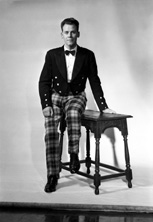
Reference: 44446a
R.S. MacDonald, Eastgate, Inve...
|
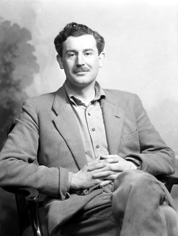
Reference: 40813b
Lord Lovat. Brigadier Simon Ch...
|
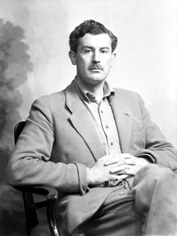
Reference: 40813a
Lord Lovat. Brigadier Simon Ch...
|
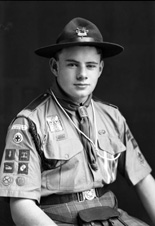
Reference: 43956b
James Grant, probably a member...
|
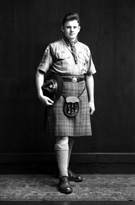
Reference: 43956a
James Grant, probably a member...
|
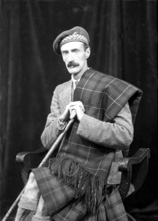
Reference: 28708d
Lt Col J.P Grant of Rothiemurc...
|
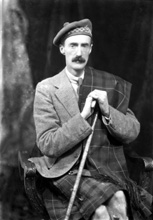
Reference: 28708e
Lt Col J.P Grant of Rothiemurc...
|
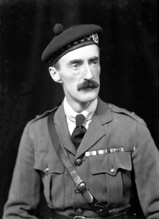
Reference: 28708a
Lt Col J.P Grant of Rothiemurc...
|
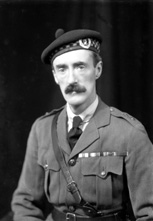
Reference: 28708b
Lt Col J.P Grant of Rothiemurc...
|

Reference: 28708c
Lt Col J.P Grant of Rothiemurc...
|

Reference: H-0079
Scout ceremony. Dated c1930s a...
|
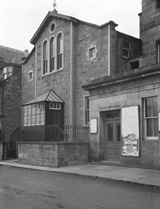
Reference: 28831b
Bank Street, Inverness. The ce...
|